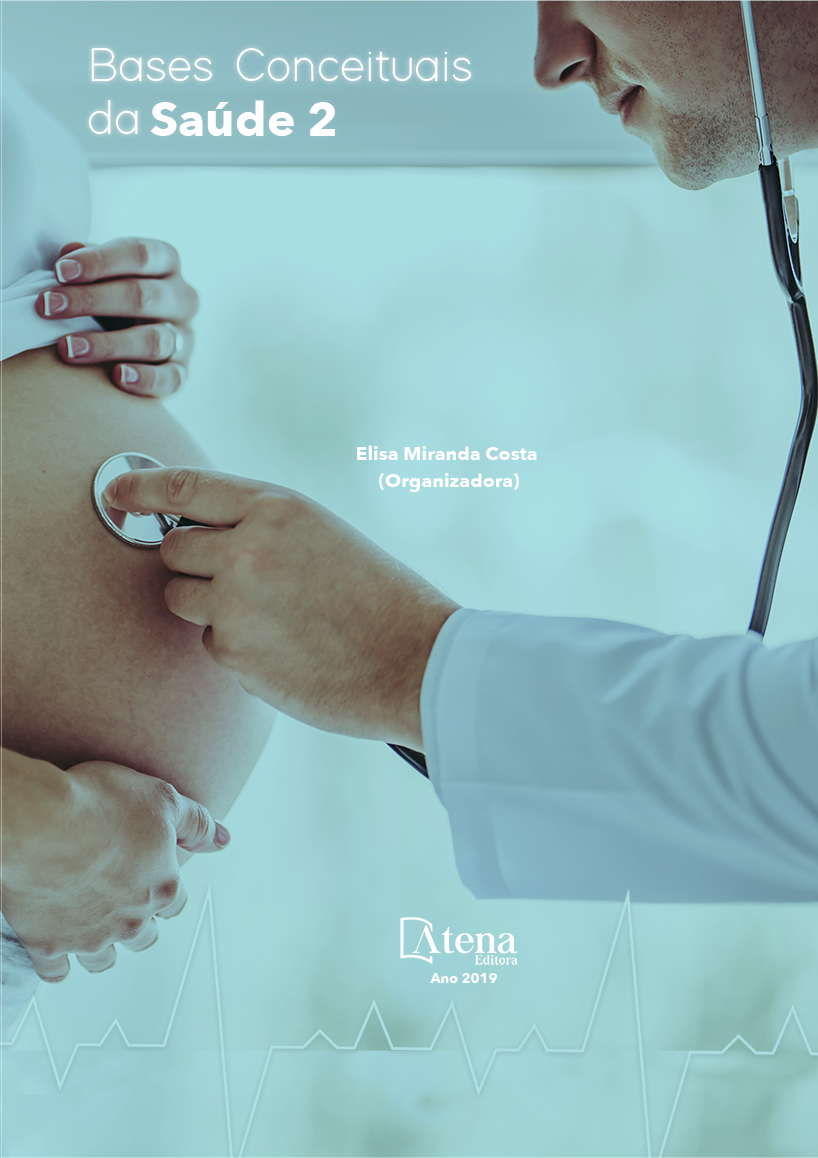
PERFIL DA MORTALIDADE NA REDE MATERNO INFANTIL SEGUNDO A EVITABILIDADE DOS ÓBITOS INFANTIS: UM RELATO DE EXPERIÊNCIA.
A taxa de mortalidade infantil (TMI)
ou coeficiente de mortalidade infantil (CMI)
está entre as informações de maior relevância
para análise das condições de saúde de uma
população e qualidade da assistência prestada
na rede de atenção materno-infantil. Analisar
o perfil da mortalidade de um território sob a
luz da evitabilidade pode proporcionar maior
precisão na avaliação da assistência prestada
às crianças e mulheres, além de fornecer
subsídios para o planejamento de intervenções
voltadas para as reais causas da mortalidade.
Objetivou-se, pois, descrever a experiência de
elaboração de um painel de monitoramento da
rede de atenção materno infantil, segundo a
evitabilidade dos óbitos infantis, num município
da região metropolitana de Fortaleza – Ceará.
O presente estudo apresentou delineamento
epidemiológico, descritivo, documental,
transversal e abordagem quantitativa, cuja
fonte de dados foi constituída pelos Sistema
de Informações sobre Mortalidade (SIM) e do
Sistema de Informações sobre Nascidos Vivos
(SINASC) do Ministério da Saúde através
do DATASUS. Foram analisados 305 óbitos
infantis investigados. Os óbitos evitáveis por
adequada atenção à mulher durante a gestação
e o parto e ao feto e ao recém-nascido foram
predominantes, com destaque para o subgrupo
adequada atenção à mulher na gestação
(36%), adequada atenção à mulher no parto
(17%) e adequada atenção ao recém-nascido
(27%). O estudo das causas básicas e do perfil
da evitabilidade dos óbitos, considerando estes
como eventos sentinelas, permite identificar
aspectos que devem ser enfrentados pelos
serviços de saúde, para a promoção de um
nascimento seguro e a prevenção de mortes
evitáveis.
PERFIL DA MORTALIDADE NA REDE MATERNO INFANTIL SEGUNDO A EVITABILIDADE DOS ÓBITOS INFANTIS: UM RELATO DE EXPERIÊNCIA.
-
DOI: 10.22533/at.ed.33619150219
-
Palavras-chave: mortalidade infantil, perfil epidemiológico, planejamento em saúde.
-
Keywords: infant mortality, epidemiological profile, health planning.
-
Abstract:
The infant mortality rate (IMR) or
infant mortality coefficient (IMC) is among the
most relevant information for analyzing the
health conditions of a population and the quality
of care provided in the maternal and child care
network. Analyzing the mortality profile of a
territory in the light of avoidability can provide greater precision in the assessment
of care provided to children and women, as well as providing subsidies for planning
interventions aimed at the real causes of mortality. The objective of this study was
to describe the experience of the elaboration of a monitoring panel of the maternal
and child care network, according to the avoidability of infant deaths, in a municipality
in the metropolitan region of Fortaleza - Ceará. The present study presented an
epidemiological, descriptive, documentary, cross-sectional and quantitative approach,
whose data source was constituted by the Mortality Information System (SIM) and
the Information System on Live Births (SINASC) of the Ministry of Health through
DATASUS. A total of 305 infant deaths were investigated. Preventable deaths due to
adequate attention to women during gestation and delivery and to the fetus and newborn
were predominant, with emphasis on the appropriate subgroup for women in gestation
(36%), adequate attention to women in childbirth (17%) and adequate attention to the
newborn (27%). The study of the basic causes and the avoidance profile of the deaths,
considering these as sentinel events, allows to identify aspects that must be faced by
the health services, to promote a safe birth and the prevention of avoidable deaths.
-
Número de páginas: 15
- Ana Carolina Ribeiro Tamboril


